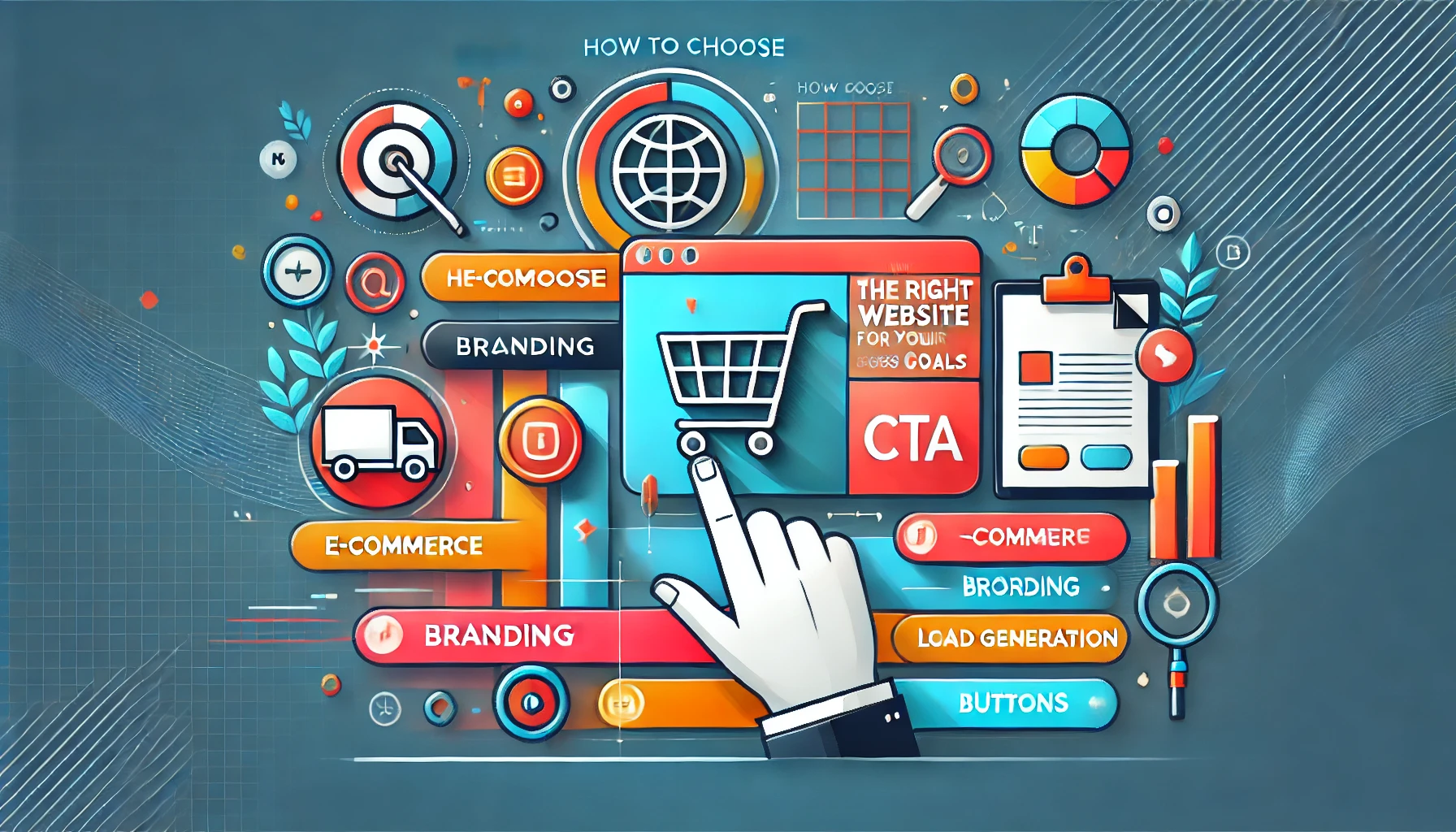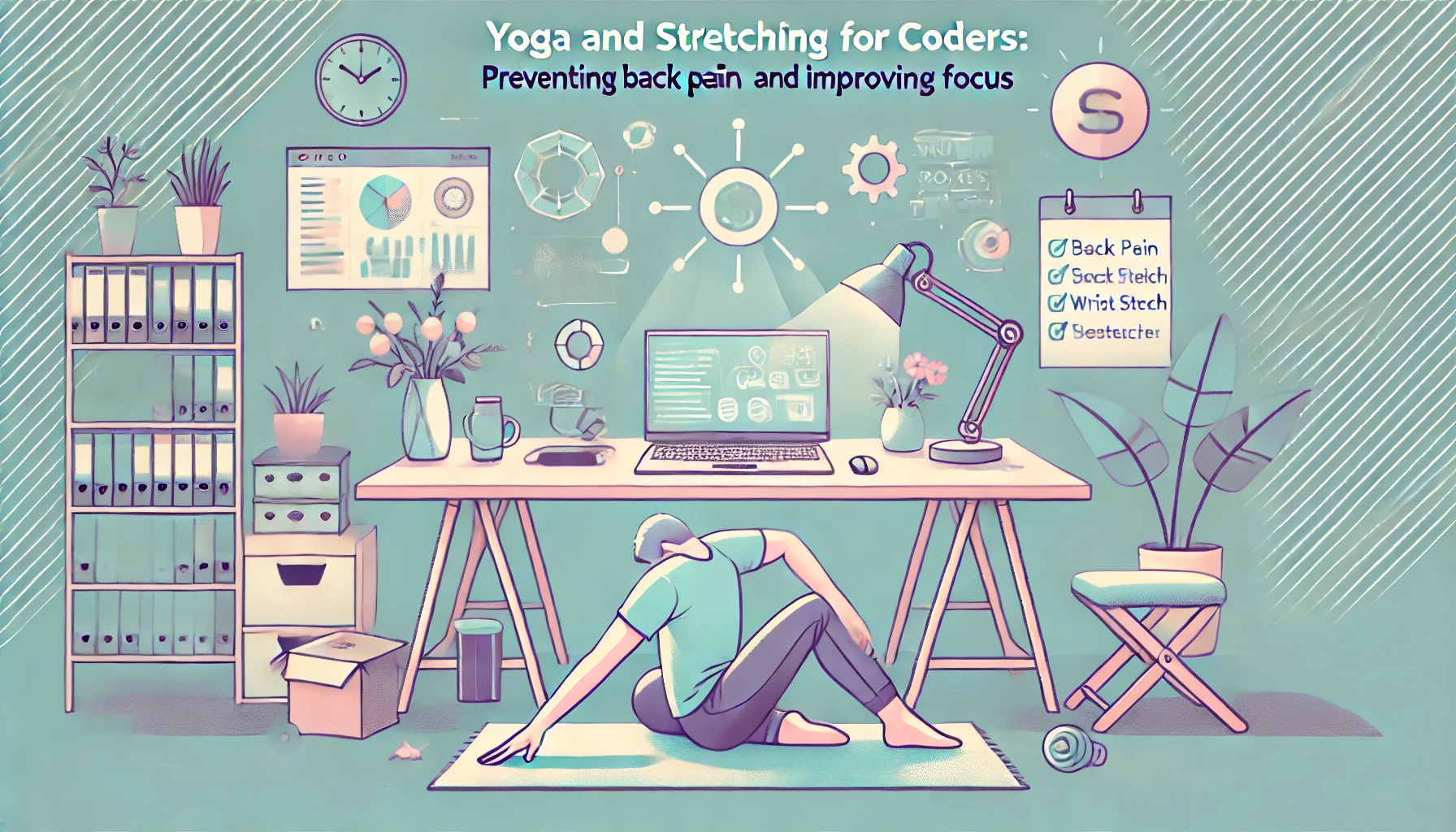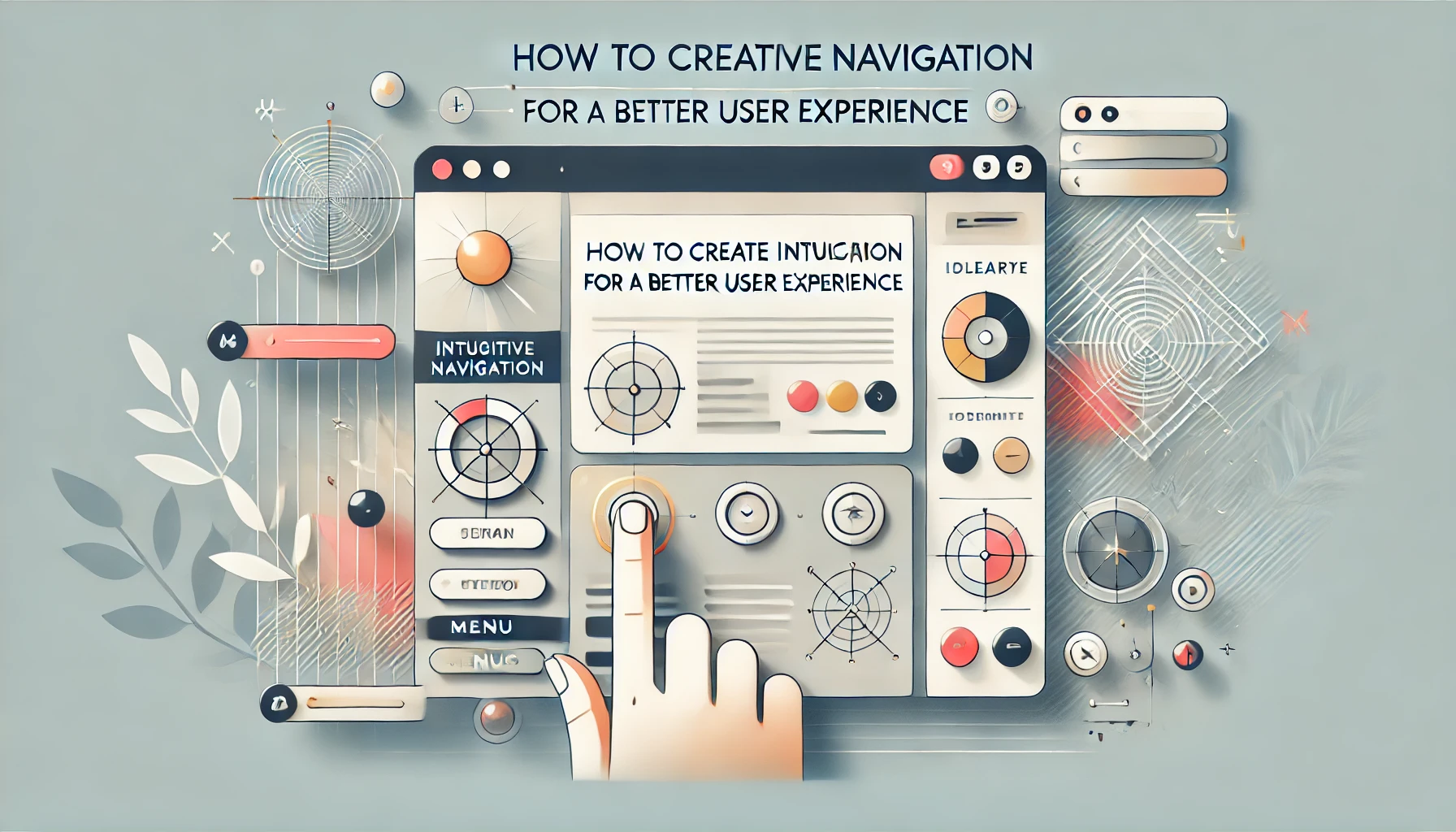
In the realm of web design, ensuring that your website is accessible to all users, including those with disabilities, is not just a nice-to-have—it's a necessity. With the increasing emphasis on inclusivity and compliance with regulations like the Americans with Disabilities Act (ADA) and the Web Content Accessibility Guidelines (WCAG), accessibility testing tools have become essential in the design process. In this post, we'll explore the significance of these tools and how they can enhance your web development projects.
Why Accessibility Matters
Before diving into the tools, let’s understand why accessibility is crucial. Websites that are accessible ensure that everyone, regardless of their abilities or disabilities, can access and navigate content effectively. This not only broadens your audience but also improves user experience, leading to higher engagement and conversion rates. Plus, creating accessible websites can help you avoid potential legal issues related to discrimination.
Accessibility Testing Tools: An Overview
Accessibility testing tools help identify potential barriers that may prevent users from interacting with your website. These tools can vary in complexity, from simple browser extensions to comprehensive automated testing platforms. Here are some of the most effective tools you can integrate into your design process:
WAVE (Web Accessibility Evaluation Tool)
WAVE is a user-friendly tool that allows you to check the accessibility of your web pages by simply entering the URL. It highlights errors, alerts you to potential issues, and provides suggestions for improvement. With its visual feedback, WAVE makes it easy to understand where your site may be lacking.
axe Accessibility Checker
This browser extension, available for Chrome and Firefox, provides automated accessibility testing in real-time. Axe integrates seamlessly into your development workflow and offers in-depth reports on accessibility issues, making it an invaluable tool for front-end developers.
Lighthouse
Integrated into Chrome DevTools, Lighthouse is a powerful tool for auditing performance, SEO, and accessibility. By running a quick audit, you can receive scores and actionable recommendations to improve your site’s accessibility features, such as keyboard navigation and color contrast.
Tenon.io
Tenon is a robust accessibility testing tool that provides detailed reports on accessibility violations. It can be used as a standalone service or integrated into your CI/CD pipeline, allowing for continuous accessibility testing throughout the development process.
Accessibility Insights
Developed by Microsoft, this tool offers both automated and guided testing for web applications. It helps identify issues early in the development lifecycle and provides comprehensive reports that include code snippets and remediation suggestions.
Siteimprove
Siteimprove combines accessibility testing with analytics, making it easier to track improvements over time. This platform not only highlights accessibility issues but also offers insights into how these issues affect your site's overall performance.
Techniques for Effective Accessibility Testing
While automated tools are invaluable, they should not be your only resource. Here are some techniques to enhance your accessibility testing efforts:
Manual Testing: In addition to automated tools, always conduct manual testing. Navigate your site using only a keyboard, use screen readers (like NVDA or VoiceOver), and simulate different disabilities to identify issues that automated tools may overlook.
User Testing: Involve users with disabilities in your testing process. Their feedback can provide insights into real-world usability and help you understand how effectively your website meets their needs.
Consistent Audits: Make accessibility testing a regular part of your design process. Frequent audits can help catch issues early, ensuring a more accessible experience from the outset.
Accessibility testing tools play a crucial role in the web design process, helping to create inclusive and user-friendly experiences. By integrating these tools and techniques into your workflow, you can ensure that your website meets accessibility standards, ultimately benefiting all users. Embrace the challenge of accessibility, and let these tools guide you toward creating a web that is truly open to everyone!





